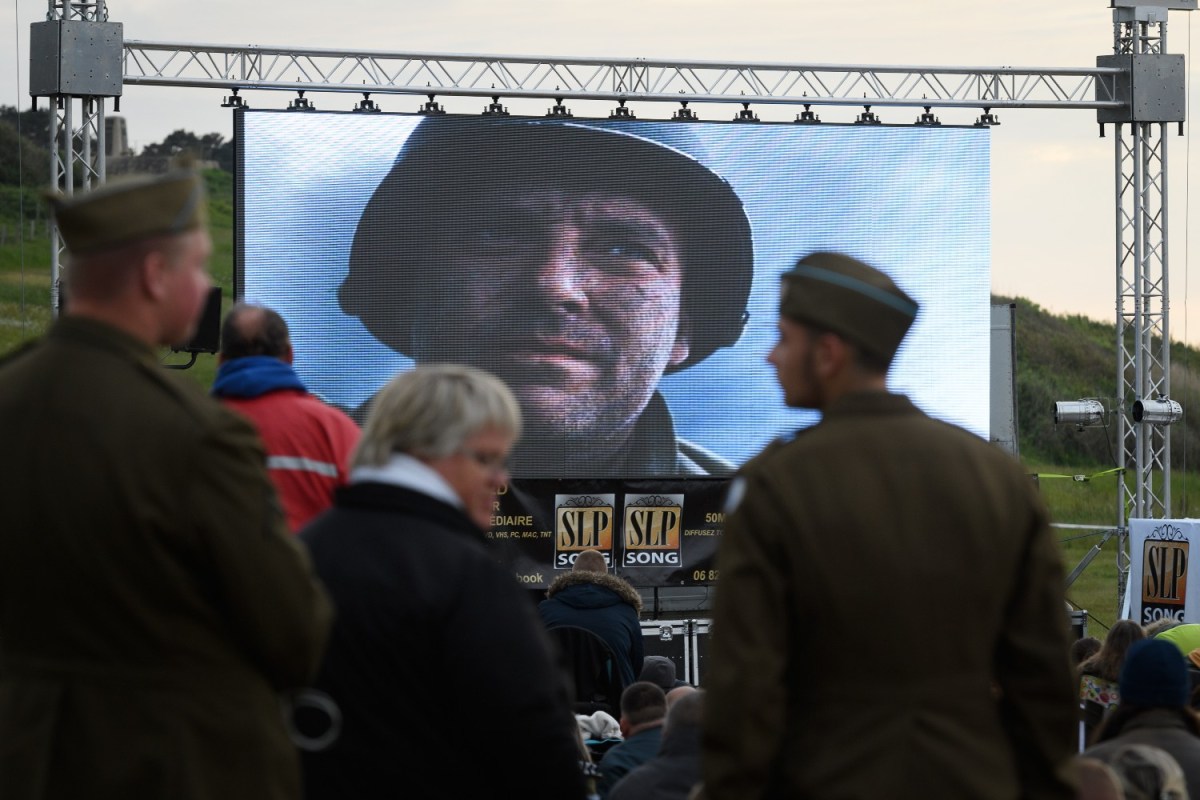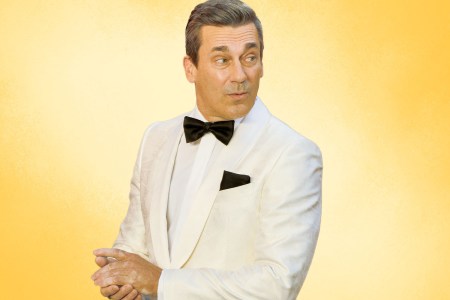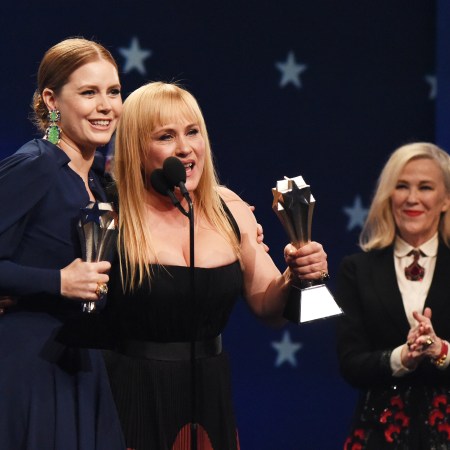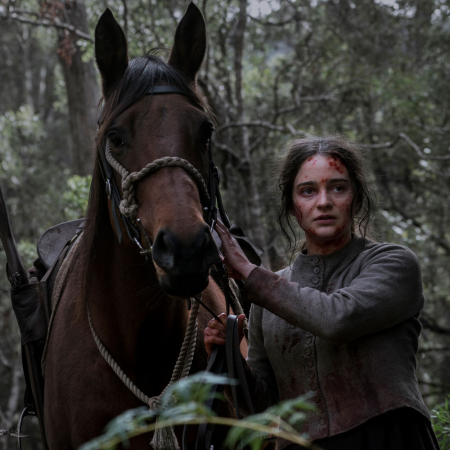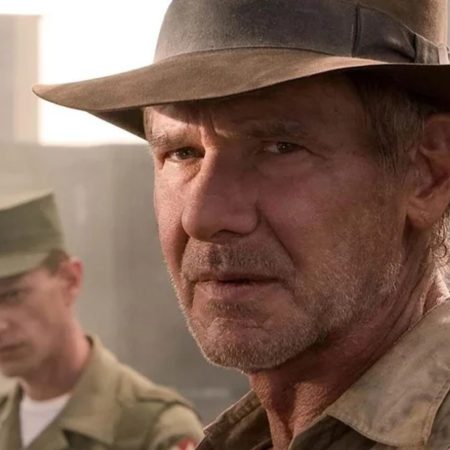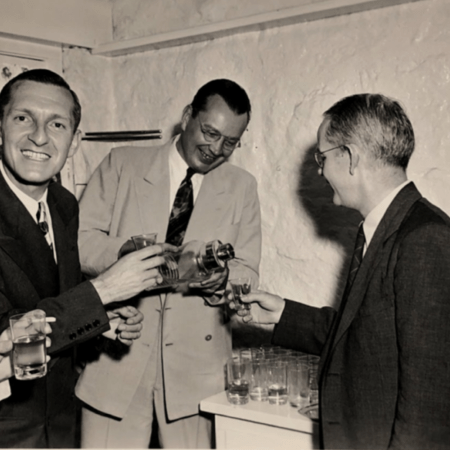It was sometime between watching the trailer for Masters of the Air and reading a review of All the Light We Cannot See that it became apparent that films and prestige television projects set against the backdrop of World War II are, in fact, a big deal right now. That hasn’t necessarily ever not been the case; this year has also given viewers everything from the somber drama of Oppenheimer to the pulpy thrills of Indiana Jones and the Dial of Destiny — which, while largely set in the 1960s, does feature an extended flashback to the last days of WWII.
All of which leads to a sizable question for the production crews of those films: namely, how do you get the looks right?The period of time surrounding World War II had a distinctive look all its own, and it also had a significant influence on the design of clothing in subsequent years.
In a fascinating article for IndieWire, Sarah Shachat spoke with a host of costume designers and wardrobe experts on the challenges of making a period piece look period-accurate. The article also does a tremendous job of dispelling some preconceived notions about finding the right costumes — namely, that the answer doesn’t always involve finding well-preserved articles of clothing from that time.
“[H]uman bodies in the ’40s were very different than contemporary human bodies,” Trayce Gigi Field of A League of Their Own told Shachat. Field went on to note that “[i]t was rare to have a size 14 shoe for men.”
Let Jon Hamm Be an A-List Movie Star, You Cowards
Post-“Mad Men,” Hamm has failed to become a Hollywood leading man. “Confess, Fletch” should have changed that.Archival research can yield interesting onscreen results, but it also has its drawbacks. In an interview with The Art of Costume, Ellen Mirojnick — who designed the costumes for Oppenheimer — addressed one substantial challenge in that area. “Obviously, the one thing that wasn’t clear was that they were black-and-white photos,” Mirojnick said. “We had to think about the textures and what colors would be relevant.”
Seamlessly evoking history on screen is much more challenging than it might appear. Reading about the efforts of Mirojnick, Fields and others in their line of work sheds light on an easy-to-miss aspect of filmmaking — and provides a fascinating link between past and present.
This article appeared in an InsideHook newsletter. Sign up for free to get more on travel, wellness, style, drinking, and culture.
